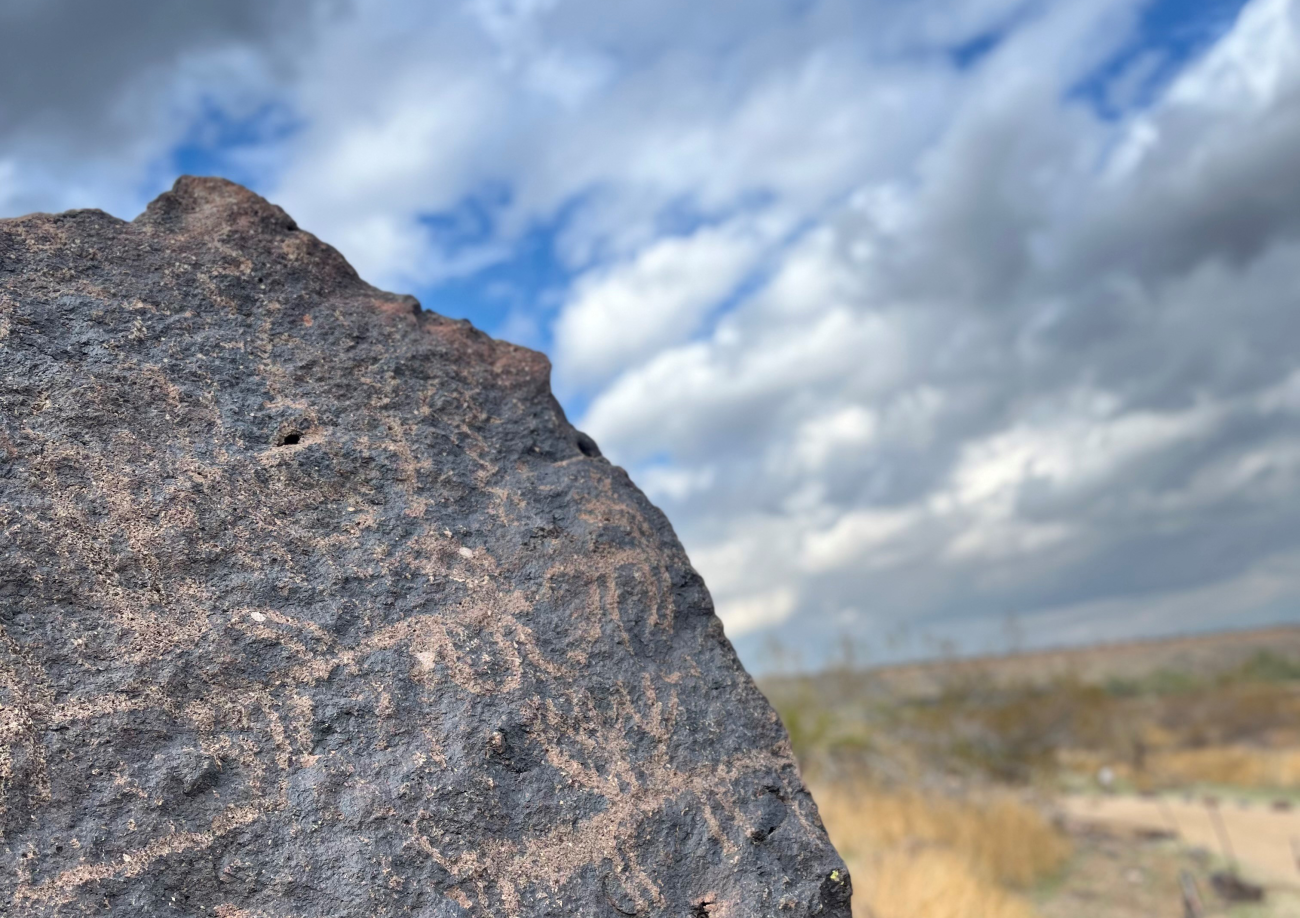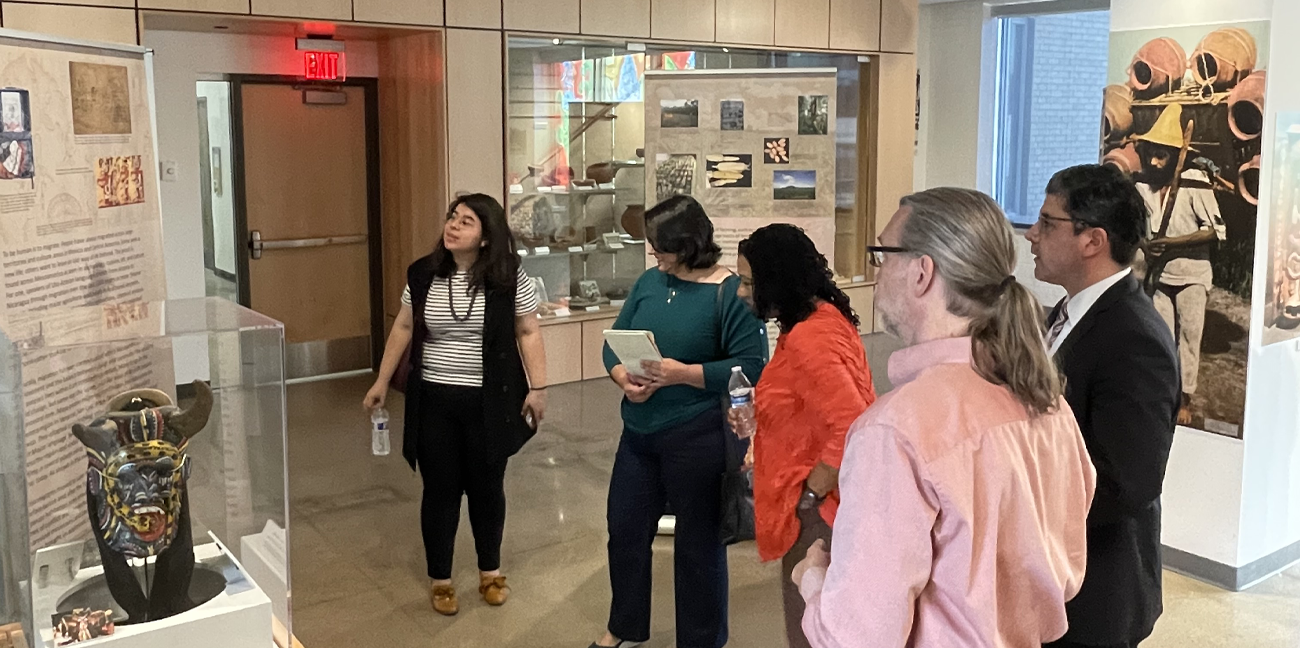
ASU's Museum of the Human Story
ASU's Museum of the Human Story | Explore the past. Understand the present. Imagine our future.
ASU’s Museum of the Human Story provides the opportunity for the public to engage with our school and research through exhibitions and preservation efforts. The Museum gives our students the opportunity to practice community engaged work and gain experience in public education efforts through collections and exhibitions.
With three exhibition areas across two campuses, the Museum of the Human Story starts with our beginnings as a species at the Institute of Human Origins, the Deer Valley Petroglyph Preserve highlights the Original Peoples of Arizona and the Valley of the Sun, while the Innovation Gallery brings together research from our School, as well as collaborations with the community. Explore each of these spaces below to learn more!
For more about The Human Story, read the textbook authored by five highly esteemed faculty within the School of Human Evolution and Social Change. The Human Story is the first general anthropology textbook written from all four of the discipline’s subfields: cultural anthropology, biological anthropology, archaeology and linguistic anthropology.
Explore our exhibition spaces
The Museum of the Human Story includes multiple exhibition spaces across ASU, showcasing the diversity of the human experience through science, culture and community collaboration:
Institute of Human Origins
The Institute of Human Origins is one of the preeminent research organizations in the world devoted to the science of human origins. A research center of The College of Liberal Arts and Sciences and an affiliated research center of the School of Human Evolution and Social Change, the Institute of Human Origins pursues an integrative strategy for research and discovery central to our founding mission—bridging social, earth, and life science approaches to the most important questions concerning the course, causes, and timing of events in the human career over deep time.
Located on the second floor of the Walton Center for Planetary Health on ASU's Tempe campus, visitors can view fossil hominids in our labs and peek into the Ancient Technology Lab where students can be seen making stone tools, or what is more accurately called flintknapping... and more!
Deer Valley Petroglyph Preserve
Since 1994, Arizona State University has operated, protected and preserved this quarter-mile nature trail in Deer Valley featuring petroglyphs, native desert plants and animals in their natural habitat. The preserve features historical research data completed by Dr. J. Simon Bruder, as well as displays of on-going Southwest archaeology research by ASU faculty and students. Opportunities to explore and learn more about the site and indigenous cultures are available through both guided and self-guided tours, publications and on-going lectures series.
The Deer Valley Petroglyph Preserve, located near 35th Ave and Deer Valley in Phoenix, is open to the public. Visit their website for information about current hours of operation.
Innovation Gallery
The Innovation Gallery, housed inside of the School of Human Evolution and Social Change on the ASU Tempe campus, is a public space to enjoy free, informative exhibits and programming related to our research. Exhibits in the gallery frequently draw from the vast archaeological, ethnographic and scientific collections maintained by the university or provided by community partners, as well as feature cultural topics of interest.
The Innovation Gallery is located inside of the School of Human Evolution and Social Change building, located at 900 S. Cady Mall in Tempe. The Innovation Gallery is open Monday through Friday from 8 a.m. - 5 p.m. (excluding University holidays).


